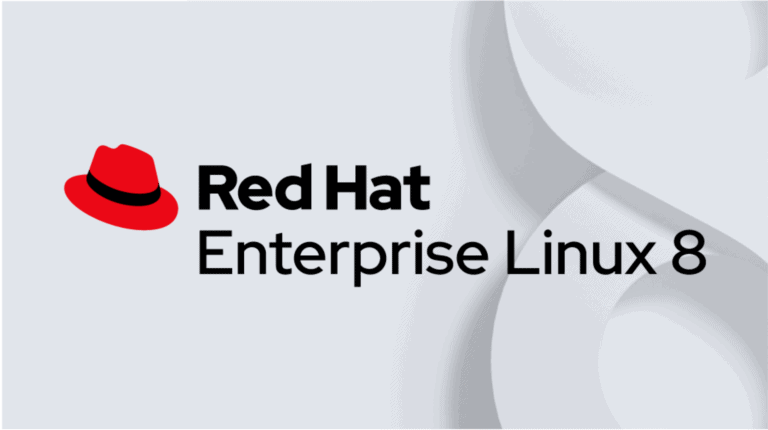Red Hat Enterprise Linux 8.5 is available. The new .NET 6 Core release, further support for containers and focused Microsoft SQL Server management tools make an appearance.
The release appears after a month-long beta phase. Its introductions aren’t necessarily groundbreaking. A conscious choice, as 8.5 was designed to immediately be usable in production environments: reliability is key.
SQL
RHEL has long been usable as a basis for SQL Servers. The new release introduces a system role for faster installations, configurations and automated management. Moreover, Red Hat Insights, a free analysis tool for RHEL 8.5 customers, features an API script for optimizing SQL Server configurations. The so-called SQL Server Assessment API dishes out Microsoft’s best practices based on a user’s SQL Server configurations in RHEL.
Container orchestration
Further support for containers is illustrated by the containerization of Podman, a runtime for containers. A runtime is required to run applications in containers. Docker is a popular example. Podman serves as an alternative, and is included in RHEL. The fact that Red Hat Podman now comes as a container promises to simplify the rollout of containers from RHEL to other operating systems. Also, RHEL 8.5 introduces the ability to control the origin of containers, which promotes security.
.NET 6, web console and system roles
Furthermore, RHEL 8.5 is equipped with .NET 6 Core. In addition, the release supports OpenJDK 17, which broadens RHEL’s overall compatibility with Java SE. Also, RHEL’s web console offers a new, detailed view of CPU, memory, disk and network loads. Finally, a number of existing Ansible system roles make an appearance. These system roles were previously available in the beta version of RHEL 8.5. Find out more about their workings in the news article that accompanied the beta release.
